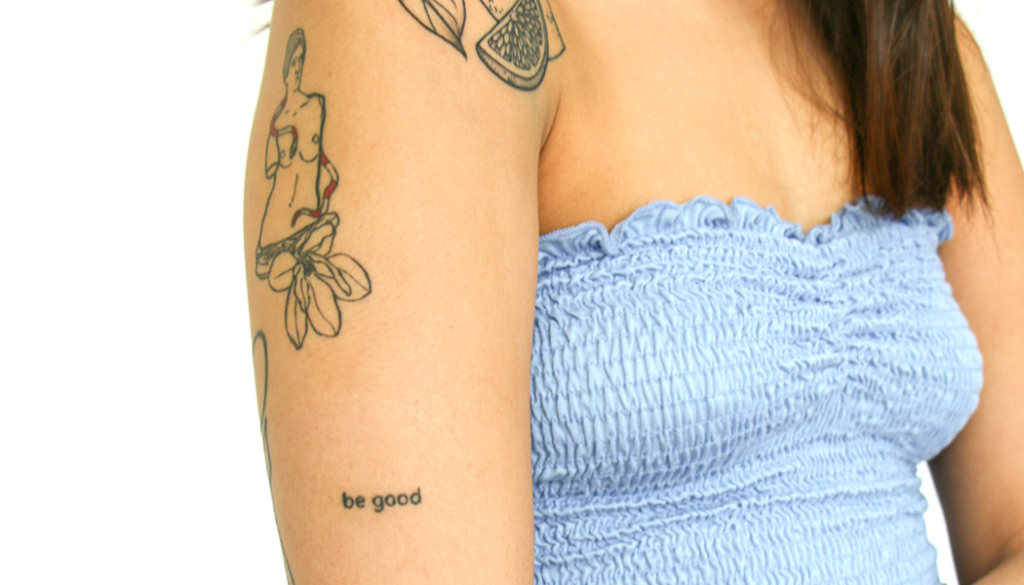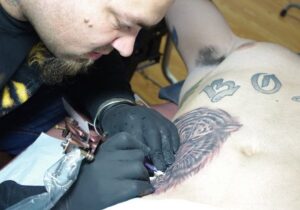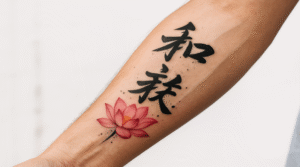Tattooing is an ancient art form that has been practiced for centuries, and while the basic principles of tattooing have remained the same, the techniques used to create tattoos have evolved significantly over time. Today, there are several different tattooing techniques that artists can use, each with its own unique advantages and challenges. In this article, we will explore the most common tattooing techniques, from traditional hand-poking to modern machine tattooing even the surprising blackout tattoo.
Hand-Poking
Hand-poking, also known as hand-tapping, is the oldest method of tattooing and involves using a sharp tool to manually puncture the skin and insert ink into the dermis. This method is still used today by many traditional tattoo artists around the world and is known for its unique aesthetic and slow, deliberate pace.
While hand-poking can be a more painful process for the client, it does offer several advantages for the artist. For one, it allows for a greater degree of control and precision over the tattoo design, as the artist is able to feel the contours of the skin as they work. Additionally, hand-poking is a more sustainable and eco-friendly method of tattooing, as it does not require electricity or disposable equipment.
Machine Tattooing
Machine tattooing, also known as electric tattooing, is the most common method of tattooing used today. It involves using a tattoo machine to rapidly puncture the skin and deposit ink into the dermis. The machine is powered by electricity and uses a series of needles to quickly create a tattoo design.
Machine tattooing is popular among artists and clients alike for several reasons. For one, it allows for a faster and more efficient tattooing process, which can be beneficial for both the artist and the client. Additionally, machine tattooing can produce more intricate and detailed designs than hand-poking, making it a popular choice for clients who want a more complex tattoo design.
While machine tattooing does offer several advantages, it also comes with some drawbacks. For one, it can be a more painful process for the client, as the machine punctures the skin at a much faster rate than hand-poking. Additionally, the use of disposable needles and other equipment can create more waste, making it a less sustainable option than hand-poking.
Combination Techniques
In recent years, many tattoo artists have begun to experiment with combining different tattooing techniques to create unique and custom designs. For example, some artists may use hand-poking to create the outline of a design and then switch to a tattoo machine to fill in the details. Others may use a combination of machine tattooing and hand-poking to create a textured, layered look.
Combining different tattooing techniques can offer several benefits, including greater control over the final design, increased efficiency, and a more unique and custom look. However, it can also be more challenging for the artist to switch between different techniques and maintain a consistent look and feel throughout the tattooing process.
Conclusion
Tattooing is an ancient art form that has evolved significantly over time, with different techniques and tools used to create intricate and detailed designs. Whether you prefer the traditional, slow pace of hand-poking or the fast and efficient approach of machine tattooing, there are many options available for both artists and clients. By exploring different tattooing techniques and experimenting with combination techniques, artists can continue to push the boundaries of this ancient and enduring art form.








